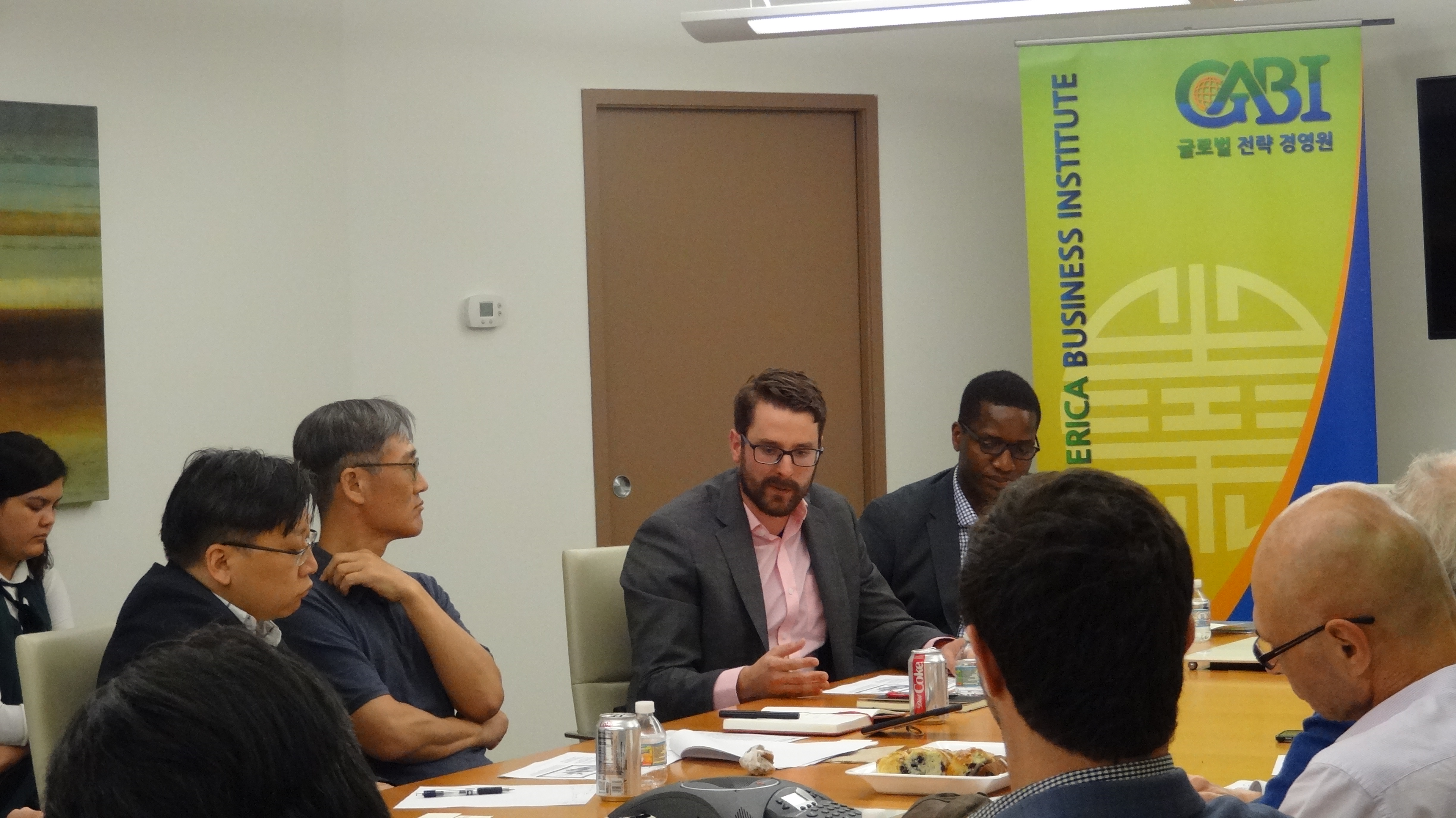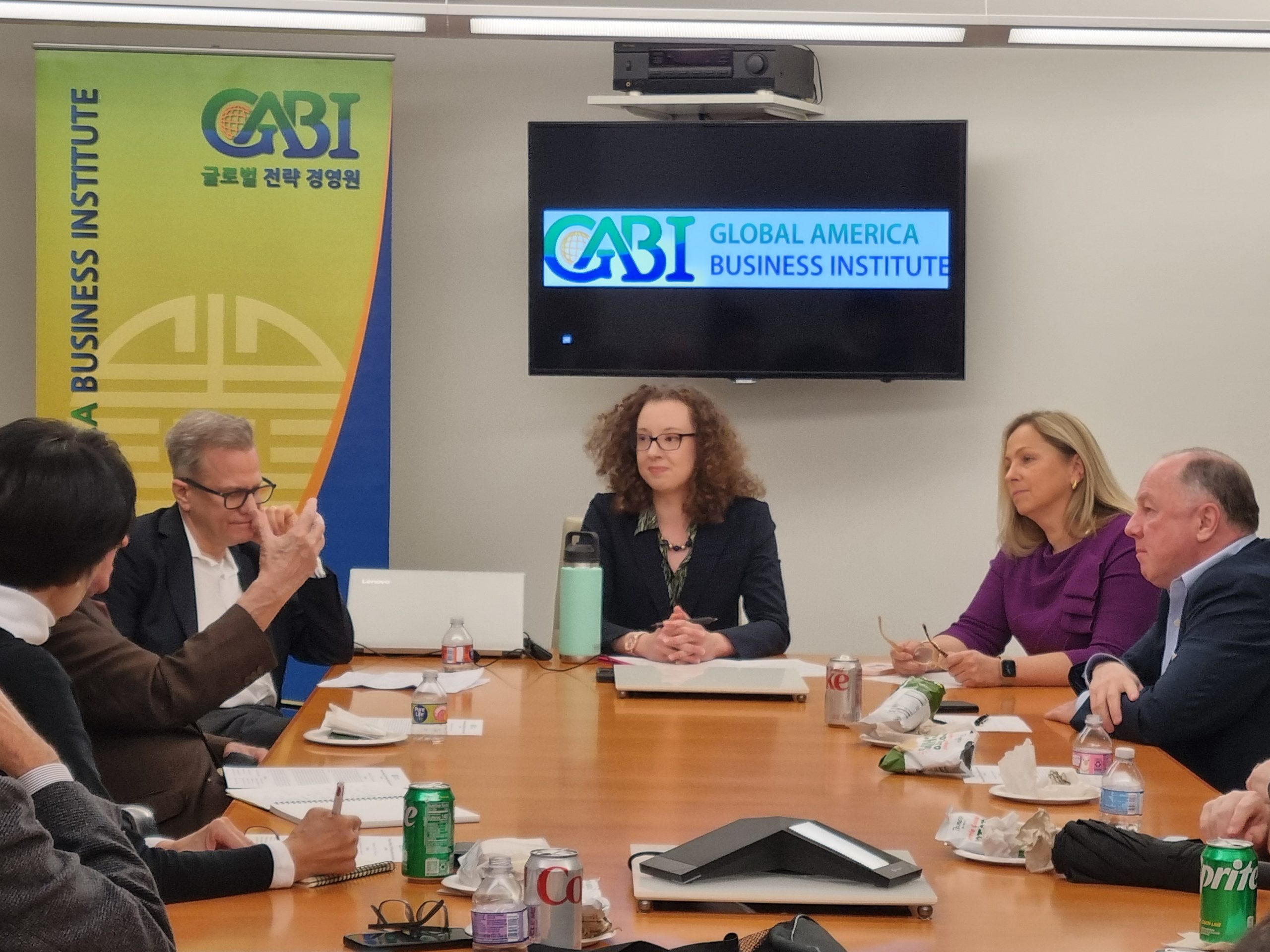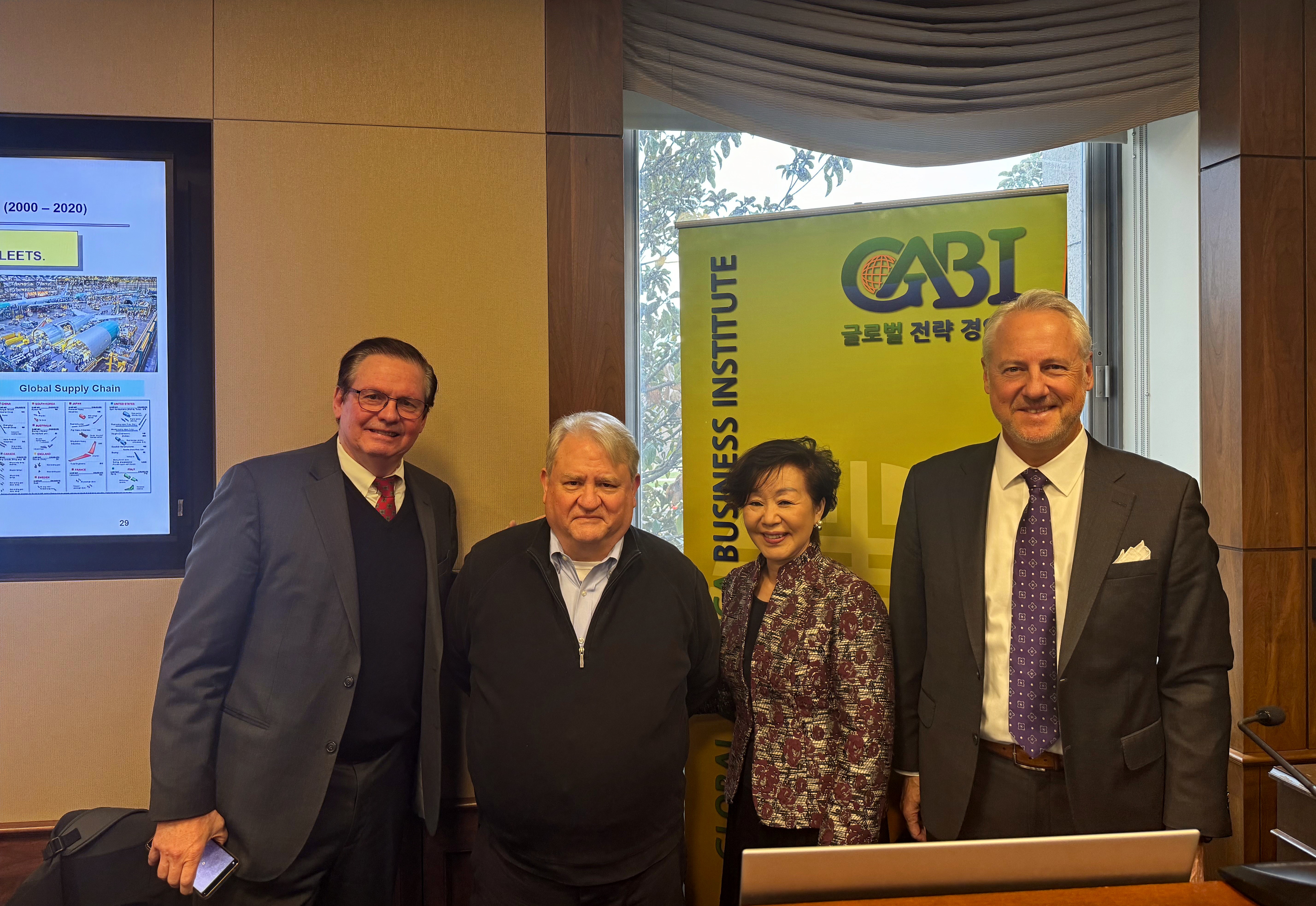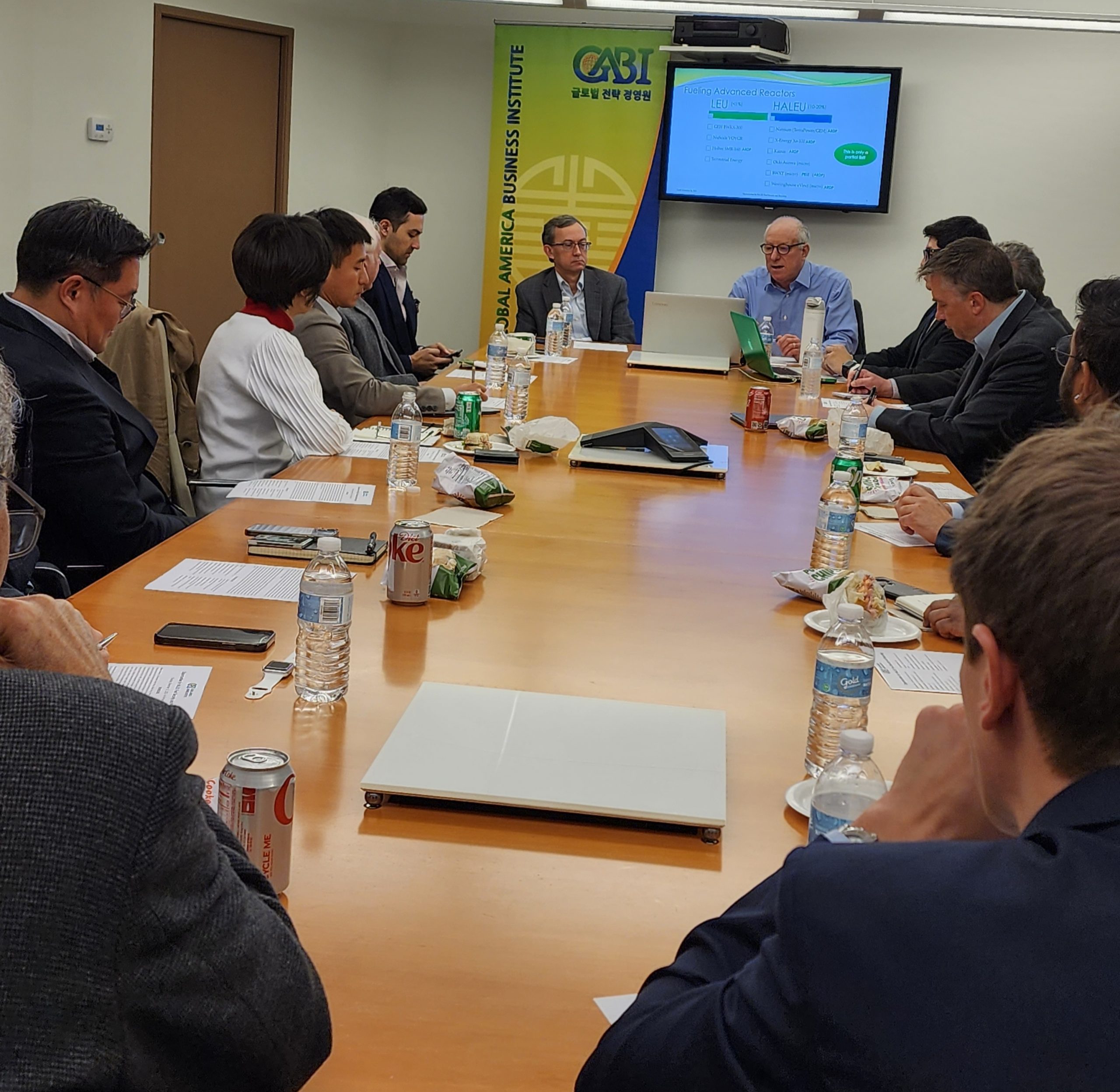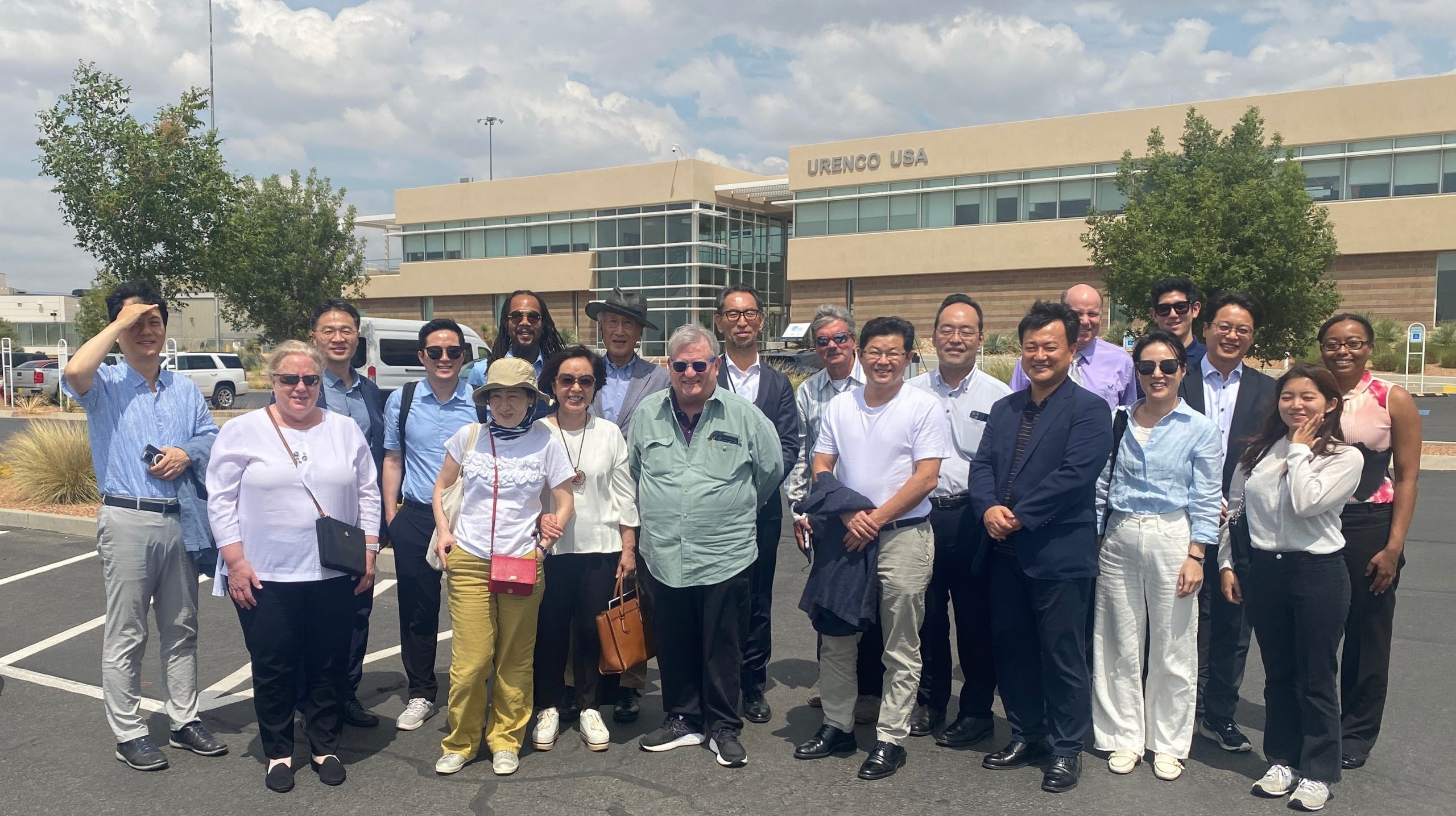Community solar is a rapidly emerging concept that enables broader access to solar energy. Although the concept itself potentially has many variations and forms in terms of organization, all community solar arrangements share certain characteristics: co-location with consumers, multiple end users, proportionality to local needs, etc. Although community solar is one means to allow more energy consumers to tap into increasingly affordable solar energy, such a model faces a number of technical, policy, and utility challenges. Given that the solar power market is relatively nascent, there is a marked lack of standardization, which creates difficulties for developing effective regulatory frameworks. There are also uncertainties with regards to crediting solar output, determining transaction costs, and the availability of tax credits. Technical challenges and issues related to solar resource availability also exist in certain geographies and dense urban areas. Perhaps the greatest challenge to community solar is identifying the role of the utility, and whether it will function as a facilitator or have greater direct control. How communities interact and negotiate with utilities and producers—whether directly or in aggregate—will also be crucial in determining the effectiveness of community solar models.
Challenges and Opportunities for Community Solar Energy Models: Policy Implications Derived from the U.S. Experience
By admin|2018-07-31T13:35:37-04:00July 31st, 2018|Categories: Clean Energy Forum and Seminars, Events, New and Renewable Energy|0 Comments

